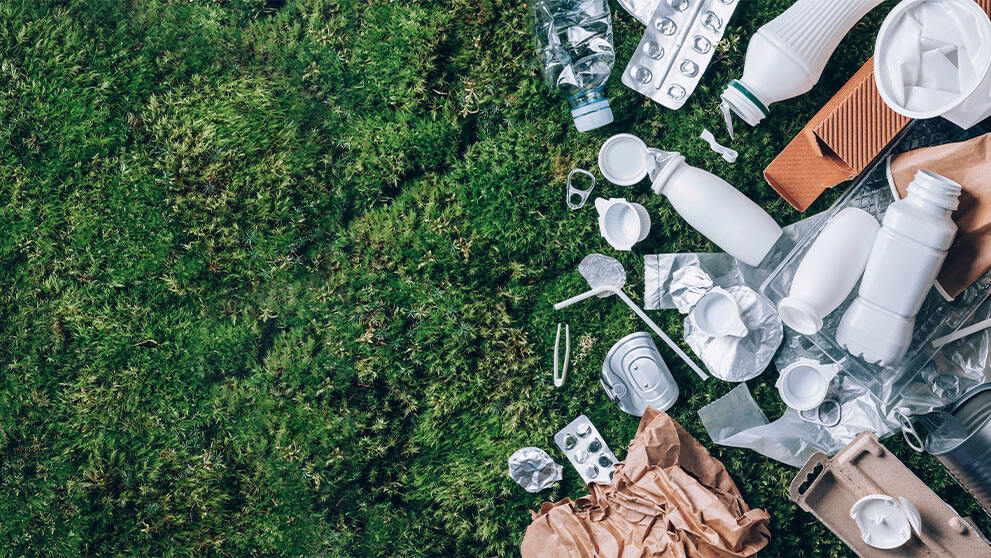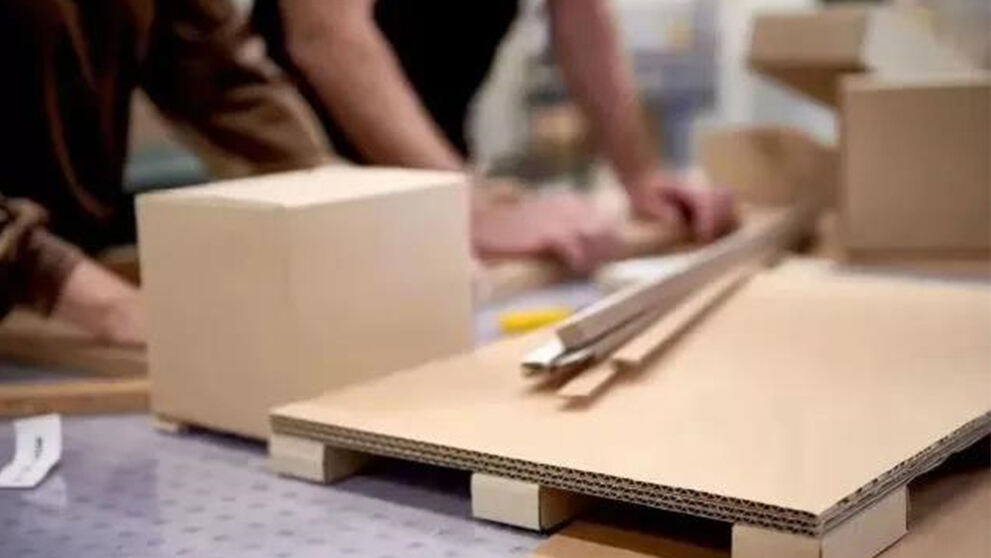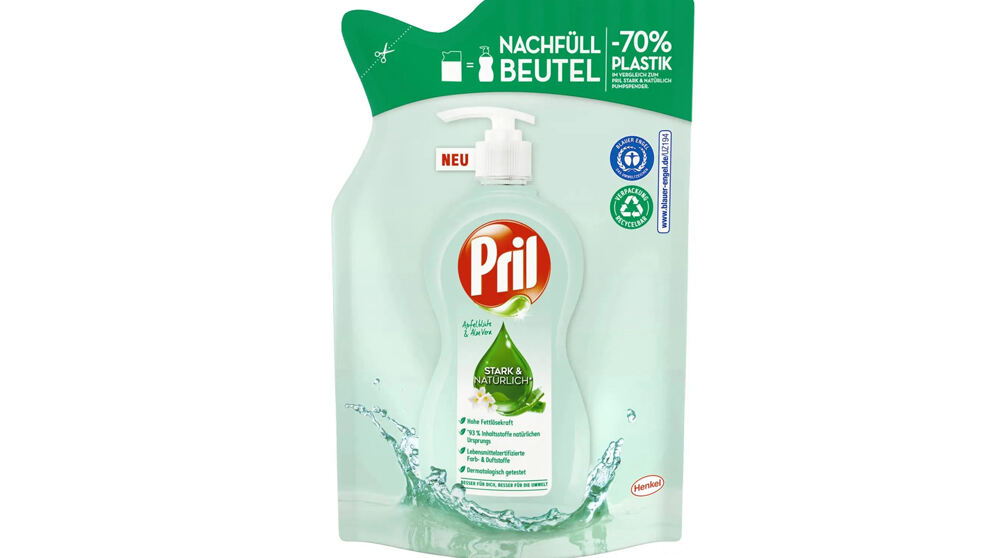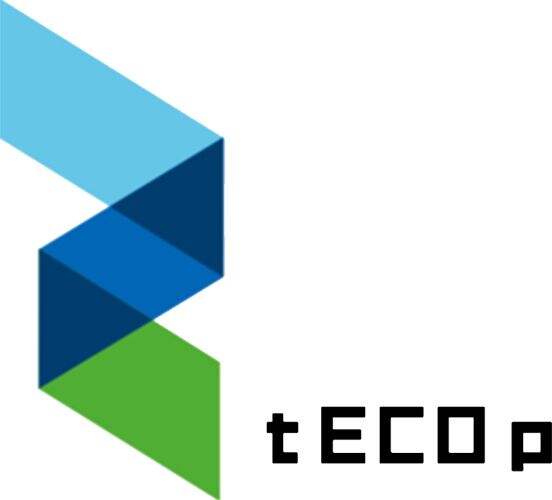Green Packaging Innovations: Sustainable Solutions for a Greener Future
In the wake of escalating concerns regarding carbon emissions and environmental conservation, the realm of packaging materials is undergoing a transformative shift towards sustainability. Every time a package is unwrapped, layers of packaging materials are peeled away before accessing the intended contents. It is estimated that a single package may encompass up to seven different types of packaging materials, including tapes, cardboard boxes, foam plastic fillers, and bubble wrap, all aimed at safeguarding the goods during transit. However, these packaging materials inflict considerable environmental damage even before the products reach the hands of consumers, and oftentimes, these excess packaging materials end up being discarded.
According to a joint report by the World Economic Forum and the Ellen MacArthur Foundation, packaging materials account for nearly one-third of all plastic production, with only 14% being effectively recycled. With the rise of e-commerce, this plastic waste predicament is exacerbating, as global e-commerce sales escalate at an average annual rate of 20%. In 2017, global retail e-commerce sales amounted to $2.29 trillion.
What is Green Packaging?
Green packaging, also known as sustainable packaging or eco-friendly packaging, refers to packaging methods that have minimal environmental impact. This low impact is achieved through strategies such as reducing packaging waste, utilizing recyclable or biodegradable materials, and employing renewable energy sources in the production process.
Why Sustainable Packaging Matters to Businesses
There are two primary reasons why sustainable packaging is crucial for businesses. Firstly, as sustainability becomes a focal point of consumer concerns, adopting green packaging is paramount for enhancing brand image and ensuring sustainable business growth. Secondly, the environmental repercussions of traditional packaging methods have evolved into a global issue.
How Product Packaging Impacts Your Business
Consumer preference for green packaging is burgeoning. As early as 2020, a study by Trivium Packaging revealed that 74% of respondents in the United States, Europe, and South America were willing to pay extra for eco-friendly packaging. Since then, this trend has only intensified.
Research indicates a positive correlation between green packaging and brand image, with numerous consumer advocacy organizations endorsing companies that embrace sustainable packaging practices. Recent data shows that 44% of consumers tend to choose brands that explicitly commit to sustainable development.
Consequently, an increasing number of businesses recognize the significance of attracting customers, fostering loyalty, and ensuring long-term retention. In the fiercely competitive commercial landscape, adopting sustainable practices is more pivotal for your business than ever before.
The Environmental Impact of Packaging
Excessive packaging, where products are ensconced in oversized boxes brimming with fillers, is a prevalent source of waste and inefficiency. Moreover, regardless of the appropriateness of packaging sizes, conventional parcels often comprise various types of materials, many of which are plastic-based. In fact, the United Nations Environment Programme asserts that approximately 36% of plastic is used for packaging, rendering it one of the largest contributors to single-use plastic waste globally.
Plastic production ranks among the most energy-intensive manufacturing processes worldwide. Consequently, traditional packaging exacerbates the climate crisis long before parcels reach consumers' hands.
Furthermore, such packaging often ends up in landfills or as litter. Plastics may take up to 1,000 years to decompose, during which they accumulate in the environment, polluting soil, contaminating groundwater, suffocating marine life, and even infiltrating human bodies, potentially posing severe health risks.
The Impact of Plastic Waste on the Environment
All this waste stems from the current linear economic structure: we extract materials from the Earth, manufacture products from them, and eventually discard them as waste. The Ellen MacArthur Foundation advocates transitioning from this linear economy to a circular economy, wherein waste generation is halted.
The circular economy is founded on three principles: eliminating waste and pollution, maintaining the maximum value of products and materials through reuse, and restoring natural resources. This model encourages the use of renewable energy and materials and aims to decouple economic activity from the consumption of finite resources, creating a more resilient system that benefits both businesses and the environment.
**Sustainable Packaging Solutions**
- **Biodegradable Packaging Fillers**: These serve as sustainable alternatives to expanded polystyrene foam (EPS), which is now banned in many countries due to its environmental impact. While EPS provides effective cushioning and aids in preventing product movement during transit, it is neither biodegradable nor economically recyclable and is frequently found polluting rivers and oceans. Biodegradable air fillers made from natural materials offer comparable cushioning properties to EPS while being more sustainable and cost-effective.
- **Corrugated Foam Packaging**: A beloved traditional packaging material, foam packaging assists in protecting fragile items during transit. However, as a plastic-based product, it is far from being green packaging. A sustainable alternative is packaging made from recycled and remanufactured corrugated cardboard. This material repurposes post-consumer cardboard waste as cushioning and, by creating small perforations to produce an accordion effect, mimics the protective properties of foam packaging.
- **Corn Starch Packaging**: Corn starch is an organic material derived from corn or other maize plants. Possessing properties akin to plastics, it serves as an effective and more sustainable plastic alternative, finding applications in various forms such as bottles and loose film packaging. However, as corn starch competes directly with human and animal food supplies, its utilization may lead to increased corn prices. Therefore, despite its excellent performance as a packaging material, you may still prefer to explore other types of plastic alternatives.
- **Biodegradable and Recyclable Plastics**: If your products necessitate plastic packaging, opting for 100% recyclable or biodegradable options is advisable—although plastics can only be recycled a limited number of times before ultimately ending up in landfills. A more eco-friendly alternative is using biodegradable plastic materials that can be broken down by living microorganisms.
While some bioplastics may compete with human food supplies, such as those made from corn starch, sugarcane, and wheat, there are also microbial polyesters or polyhydroxyalkanoates (PHAs). PHAs are polyesters synthesized and stored by various microorganisms. Their sole drawback lies in the additional carbon cost incurred from microbial metabolism to produce these biodegradable polyesters—although waste cooking oil and animal fats are deemed promising, cost-effective, and sustainable alternatives. Companies that have incorporated PHA plastics into their supply chains include Nestlé, PepsiCo, and Bacardi.
**Innovations in Sustainable Packaging**
While green packaging itself is a global trend, the aforementioned sustainable packaging solutions represent only a fraction of the myriad choices available. Here are three additional packaging technologies that may emerge as key innovations in the future:
- **Mushroom Packaging**: Mushroom packaging indeed employs mushrooms as raw materials. It utilizes a process that combines cleaned agricultural waste with mushroom roots. These raw materials are molded into the desired shapes, dried, and used as packaging materials. By utilizing agricultural waste unsuitable for consumption, mushroom packaging circumvents the ethical concerns that may arise with corn starch packaging and naturally decomposes in a very short time. However, while it is a sustainable packaging choice, it is currently primarily suitable for smaller items.
- **Seaweed Packaging**: Seaweed packaging is a sustainable packaging solution made from agar, a gelatinous substance found in numerous seaweeds and algae. By extracting and dehydrating agar, materials suitable for packaging purposes can be manufactured. This packaging harnesses abundant sustainable resources and is poised
to become one of the new trends in green packaging.
- **Edible Films**: Edible films represent an innovative sustainable packaging solution, particularly suitable for food packaging, with the global market projected to reach $4.2 billion by 2028. This packaging has the potential to reduce food and packaging waste while decreasing the permeation of plastic chemicals. A diverse range of natural materials can be used to create edible packaging, but chitosan stands out as one of the most effective and widely used materials, sourced from the chitin shells of crustaceans. As one of the rich biopolymers, chitosan renders edible packaging a more environmentally friendly alternative to plastics.
**Green Packaging Solutions**
1. Embrace reusable sustainable packaging materials.
2. Utilize biodegradable and compostable packaging.
3. Reduce packaging sizes.
4. Optimize product packaging for efficient transportation.
5. Enable customers to return and reuse empty product containers.
6. Bulk shipping of items.




 EN
EN
 FR
FR
 DE
DE
 IT
IT
 AR
AR
 HR
HR
 DA
DA
 NL
NL
 FI
FI
 HI
HI
 JA
JA
 KO
KO
 PT
PT
 RU
RU
 ES
ES
 SV
SV
 TL
TL
 IW
IW
 ID
ID
 SR
SR
 UK
UK
 VI
VI
 HU
HU
 TH
TH
 TR
TR
 FA
FA
 AF
AF
 MS
MS
 GA
GA
 CY
CY
 AZ
AZ
 BN
BN
 KM
KM
 LO
LO
 LA
LA
 MR
MR
 NE
NE
 MY
MY
 KK
KK
 UZ
UZ
